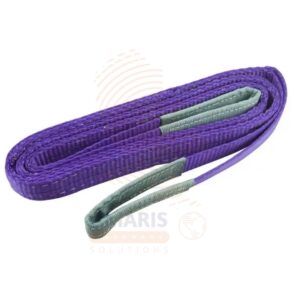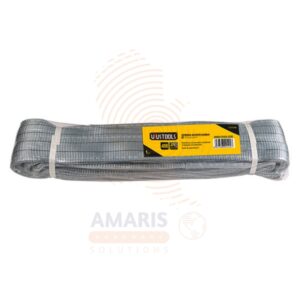Coil Spring Compressor
Whatsapp Order
A coil spring compressor is a tool designed to safely compress and temporarily shrink coil springs for various automotive and mechanical applications. It consists of two threaded rods with hooks or clamps on each end and a central mechanism for tightening or compressing the springs. This tool is commonly used when working on suspension systems, such as replacing shock absorbers, struts, or other components that require the removal or installation of coil springs. The compressor allows users to safely compress the spring, reducing tension and facilitating the disassembly or assembly of related parts. Proper usage of a coil spring compressor is essential to prevent accidents and injuries during automotive maintenance or repair tasks.
1. Drop forged from 45#
2. Black finish
3. Total length:370mm
4. Using length:355mm
5. Net weight:1600g/set
6. Packed by brown box
KSh 5,795.00 KSh 6,795.00
Coil Spring Compressor uses
- Suspension System Maintenance:
- Strut and Shock Absorber Replacement: Coil spring compressors are essential for safely compressing and decompressing coil springs when replacing struts or shock absorbers.
- Spring Replacement: When a coil spring needs to be replaced due to wear or damage, a compressor is used to compress the spring for removal and installation.
- Lift Kit Installation:
- When installing lift kits or aftermarket suspension components, a coil spring compressor is often needed to adjust or replace coil springs.
- Chassis Repair:
- During chassis repair or modification, a coil spring compressor is used to compress springs for access to other components or to accommodate changes in ride height.
- Alignment and Steering System Work:
- Coil spring compressors assist in tasks related to the alignment and steering system by facilitating access to components such as control arms and sway bars.
- Transmission and Engine Maintenance:
- In some cases, a coil spring compressor may be used to compress springs to access and work on components in the engine or transmission bay.
- Custom Suspension Builds:
- Enthusiasts or mechanics involved in custom suspension builds often use coil spring compressors to install specialized springs or achieve specific ride characteristics.
- General Automotive Repairs:
- Coil spring compressors may be used for various other repairs that require access to components near or connected to coil springs.
- Spring Tension Adjustment:
- In situations where spring tension needs to be adjusted, a coil spring compressor is employed to compress or decompress the spring to achieve the desired level of tension.
Size
370mm
Safety measures and precautions
- Wear Personal Protective Equipment (PPE):
- Always wear safety glasses or a face shield to protect your eyes from any potential spring-related accidents.
- Use heavy-duty gloves to protect your hands from sharp edges and to have a better grip on the tools.
- Read and Follow Instructions:
- Carefully read and understand the manufacturer’s instructions that come with the coil spring compressor. Follow the recommended procedures and guidelines.
- Select the Right Tool for the Job:
- Ensure that you are using the appropriate size and type of coil spring compressor for the specific application and vehicle model.
- Inspect the Tool:
- Before use, inspect the coil spring compressor for any signs of damage, wear, or defects. Do not use a damaged or compromised tool.
- Secure the Vehicle:
- Ensure the vehicle is on a stable and level surface before attempting to use the coil spring compressor.
- Use wheel chocks to prevent the vehicle from rolling during the operation.
- Release Pressure Gradually:
- When compressing the spring, release pressure gradually to avoid sudden and uncontrolled release of energy.
- Follow the recommended sequence for compressing and decompressing the coil spring.
- Use Proper Technique:
- Position the coil spring compressor securely on the spring, and ensure that it is centered.
- Tighten the compressor evenly on both sides to prevent the spring from shifting or becoming misaligned.
- Work in Pairs:
- It’s advisable to have a second person assist you when using a coil spring compressor. This person can provide additional support and help ensure that the compressor is positioned correctly.
- Stay Clear of the Spring:
- Keep your body and face clear of the coil spring during compression and decompression. Stand to the side, not directly in front of the spring.
- Have a Safety Restraint:
- Use a safety restraint or strap to secure the compressed spring in place after compressing. This adds an extra layer of protection in case the compressor slips or fails.
- Emergency Plan:
- Be prepared for the unexpected. Know the location of emergency exits, and have a plan for what to do if something goes wrong.






Shay Shannon –
Very well-priced.
Shay Shannon –